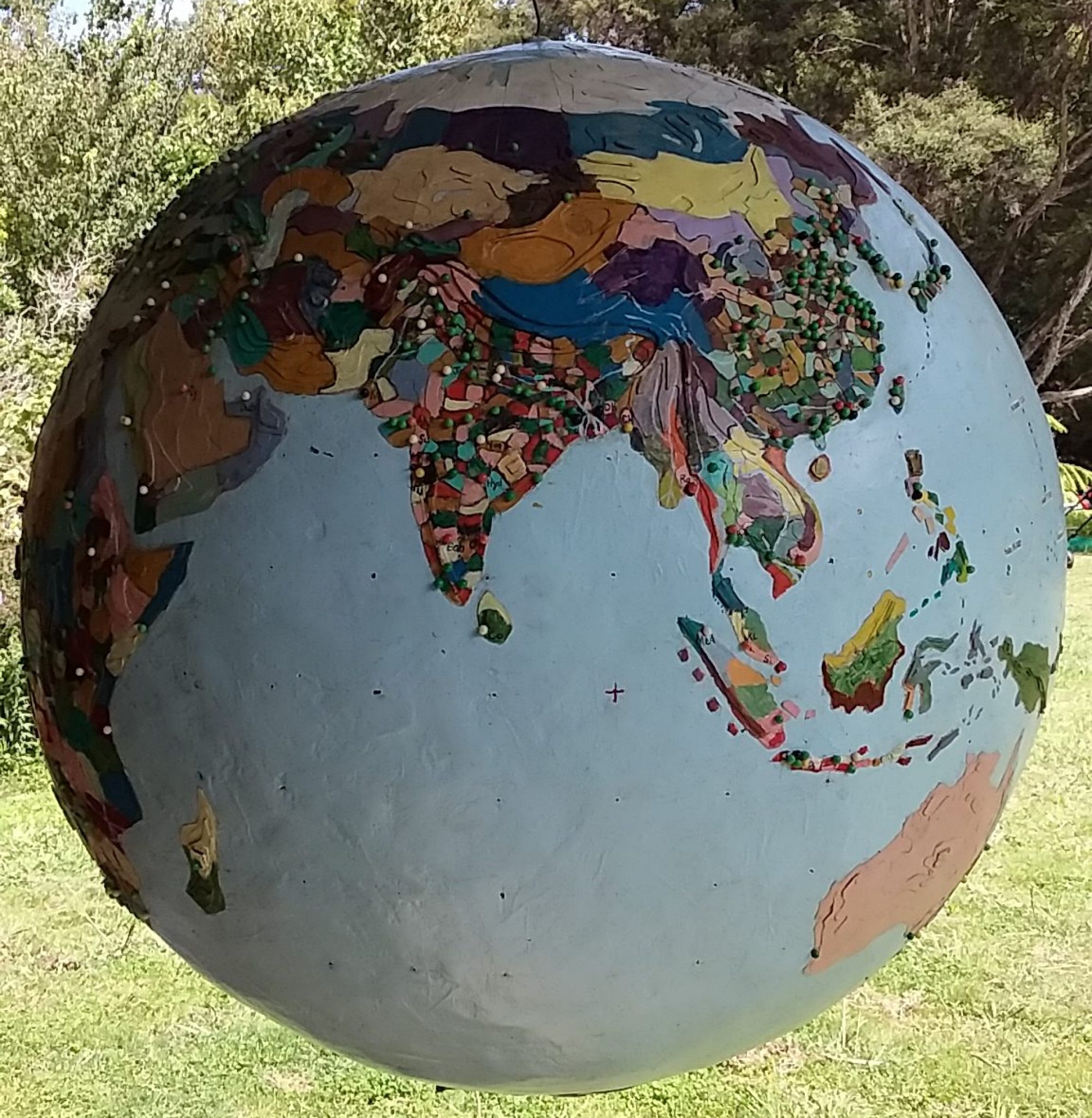
Asi, Halab, Furat, Rojava – and the three-step peace plan for Syria.
Imaginary speech to the United Nations Security Council.
Mr Chairman, members of the United Nation Security Council, in our speech last week we said that the conflict in Syria was a proxy war between Russia and America. In this our second speech, we declare once again that empires cause war and we put forward a peace plan based on this supposition.
The first step of our peace plan we call “Russki and Yankee go home.” Russia must give up its Mediterranean naval and air bases in Latakia and withdraw from Syria. The United States has military personnel stationed in 133 countries around the world and it is high time for them to all go home, starting with those in the Middle East. All other member states of the United Nations must then halt arms sales to the various parties to the Syrian conflict.
The second step we call the “Millistate solution,” based on a proposal by the Marquis of Bath: that to avoid warring empires the world should consist of one thousand roughly equal population states. This means the creation of states with an average population of around seven million people.
The third step we call the “Bio-region solution.” When drawing the boundaries of these new “millistates” we should attempt to follow geophysical boundaries not geopolitical ones – ideally water catchments and river systems. We propose redrawing the map of Syria into the separate regions where the various factions have dug in and ground to a halt. Some of these millistates will straddle the borders of neighbouring countries.
The Asi River catchment and Damascus together form the millistate of Asi. It includes the Russian base at Latakia and a small piece of Turkey that the Asi flows through on its last few kilometres to the Mediterranean. Safely wrapped around their ally “sister Lebanon” Bashar al-Assad and his Alawite, Shia aligned clan can remain in charge and the military bases in Latakia can be converted into holiday parks for sun starved Russian tourists.
Halab (Aleppo) was the Mediterranean terminus of the Silk route from China. When the Ottoman Empire was split up, after the First World War, the region around Aleppo was divided between Turkey and Syria. Restored Halab would have a connection to the sea at Iskenderun (in Turkey) and Aleppo would again be a terminus for highways leading north, south, east and west. The bombing of Aleppo must cease immediately and interim power should devolve to the people who have been driving the ambulances, staffing the hospitals, reconnecting the power, water and sewage and keeping the roads open (whether they be Sunni, Shia, Christian, Jew or Kurd).
Terrorism is a consequence of the Syrian war; it did not cause it. Maps of ISIS held territory show lines through the Syrian Desert that are either roads or the Euphrates River (al Furat). Sunni tribes all the way from Jarabulus on the Turkish border to Ramadi and Fallujah near Baghdad largely control the millistate of Furat. The withdrawal of Assad’s forces from their last base in Dayr az Zawr would give the Sunni tribes control of this stretch of the Euphrates straddling the Sykes-Picot on the Iraq/Syria border.
North of Furat, on the border with Turkey, is the semi-autonomous region the Kurds call Rojava. There are about 40 million Kurds in the Middle East, enough for six or seven millistates on their own. History has drawn the red lines of national borders through the middle of their homelands, which straddle the borders of Turkey, Iran and Iraq. The Syrian army has all but withdrawn from Rojava and the Kurds there should be left to manage their own affairs – as they do in the Kurdish autonomous region of Northern Iraq.
Mr Chairman, members of the Security Council, our previous Prime Minister, Helen Clark, has said that a solution to the war in Syria would take the “wisdom of Solomon” and would involve external actors from both within the region and beyond, referring to both the USA and Russia as well as Iran, Saudi Arabia, Turkey and Israel. How right she is.
